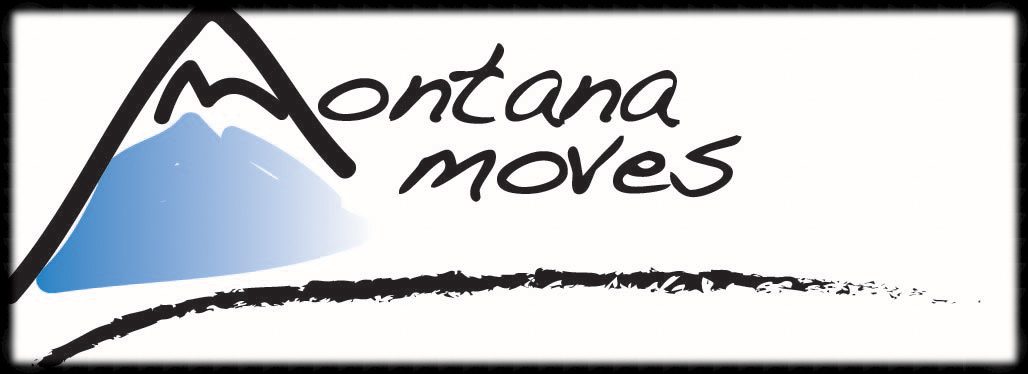…given a choice, humans follow the path of least resistance…we like easy.
Our March Challenge involves setting up your surrounding environment to help you achieve your goals. This is sometimes referred to as behavioral or choice architecture.
According to Dr. B.J. Fogg, who is a world leader on this subject, human beings can be summed up by three descriptives. Dr. Fogg says human beings are:
- Lazy
- Social
- Creatures of habit
Now hold on! Before you get defensive about being called lazy, let me make an example. Have you ever, upon entering a building with several doors, changed your path to follow someone through a door that’s already open, rather than going through a closed door directly in front of you? I know I do this all the time. This is a form of laziness. More times than not, given a choice, humans follow the path of least resistance. Maybe that’s the more sensitive way to put it—we tend to follow the path of least resistance. We like easy.
Simply being aware of this human tendency can help us make some “architectural changes” that will give us an advantage in creating those desirable behaviors and habits we know will lead to health, but are sometimes hard to follow.
Here are a few of the real architectural adjustments that our members have shared thus far as part of the COTM, and commentary on each:
- Programming Outlook Tasks with Pop-up “Move” messages every 1/2 hour.
- This is known as a “trigger”. Triggers initiate behavior. A phone ring is a perfect example of a trigger.
- Keeping my cross-country skis on the front porch so that I can quickly go outside and ski around in my yard whenever I get a chance.
- This is an example of taking a desired behavior (skiing/exercise) and making it easy and convenient to do. Plus, seeing the skis on the front porch acts as a trigger.
- I will bring veggies to work and put them in a nice mason jar at my desk so I can see them and munch instead of buying pop tarts from the vending machine.
- This architecture involves replacing an undesirable nutrition choice with more desirable choice. Again, the veggies in a clear jar act as a trigger, and they are easily accessible.
- I will use the bathroom on Level 5 [2 levels up]
- This choice creates a new habit (Humans are creatures of habit) and sneaks in a great exercise—stairs—several times a day (depending on your bladder!)
- [I will] Pack my lunches the night before in order to avoid having to purchase something from the cafeteria.
- A time investment the night before will yield a big payoff in the morning, which for many of us can feel more stressful because we are on a schedule and may have other demands from family or pets. This choice makes the morning easier, saves time and money, and leads to better nutrition choices.
- [I will] Pack all of my clothes/toiletries the night before I work out and have my work out clothes ready
- Same thing: a small time investment the night before makes the next day easier.
If you haven’t made any changes yet this month, there’s still plenty of time to do so. If you’re really stumped, or want an extra challenge, check out Dr. Fogg’s Tiny Habits program. The program will walk you through some exercises to establish 3 new habits within a week!
Keep up the good work!
NA


While the statement “humans are naturally lazy” is true, it doesn’t motivate me. Understanding the reason why we “like it easy” does help me choose a different way. We choose the path of least activity because we are adapted to a starvation environment. A way to combat starvation is to conserve calories. Most non-human, non-captive animals conserve calories whenever possible. Once we are no longer starving, we need to consciously choose not to “take it easy” and it is indeed challenging to go against evolution. We can take advantage of the fact that we are adapted to be social and may find choosing the counter-evolutionary path of activity (and burning calories) easier by exercising with a friend or joining a fitness class. And it is true as well that we are adapted to forming habits. Once an animal finds a good feeding site or a safe path they tend to keep going to the same site and using the same path until something in the environment changes. We can change our own environment so that our “feeding site” contains easily accessible and healthy foods. We can also choose a path from the car to the office that gives us a good long walk and we will naturally build the habit of parking in the same place and walking on the same path.
Great commentary Hedi!